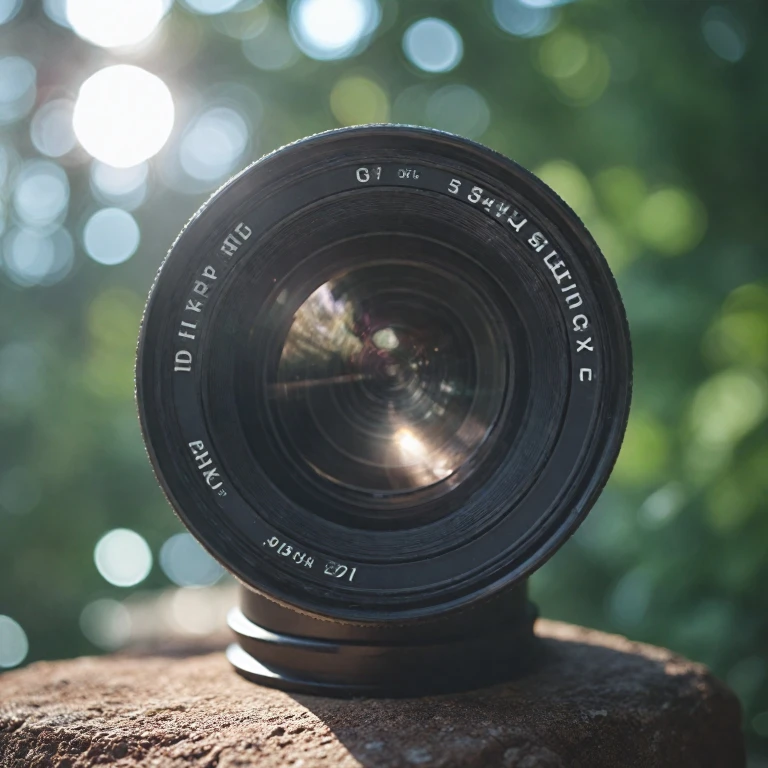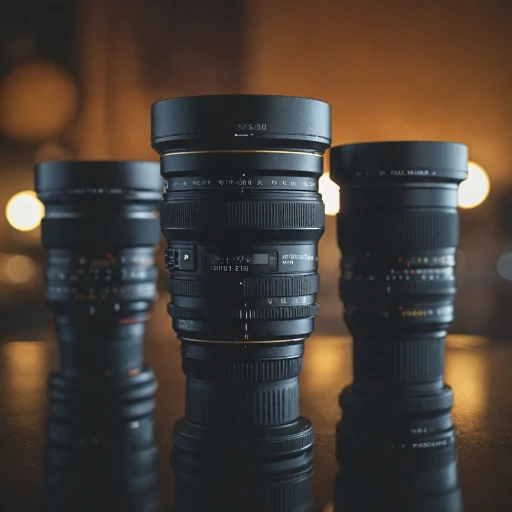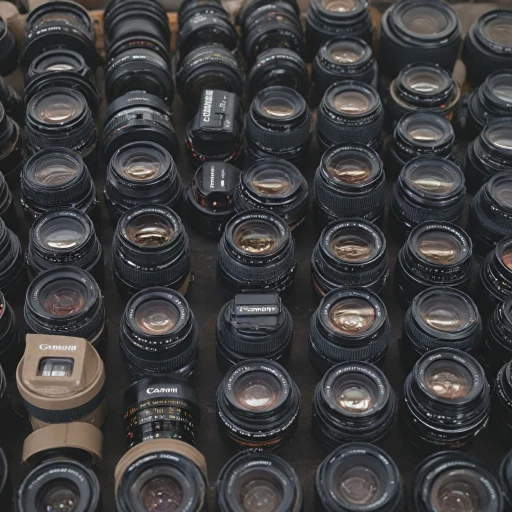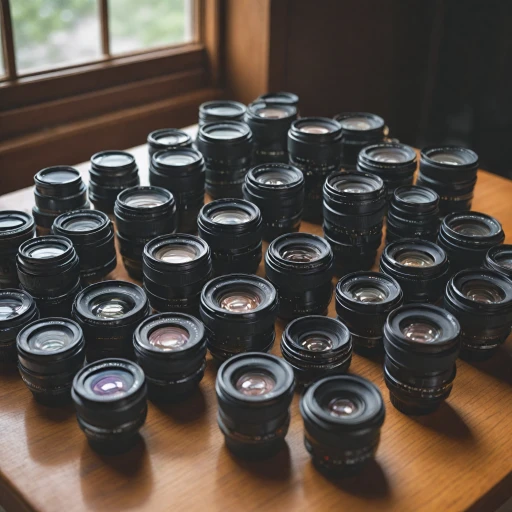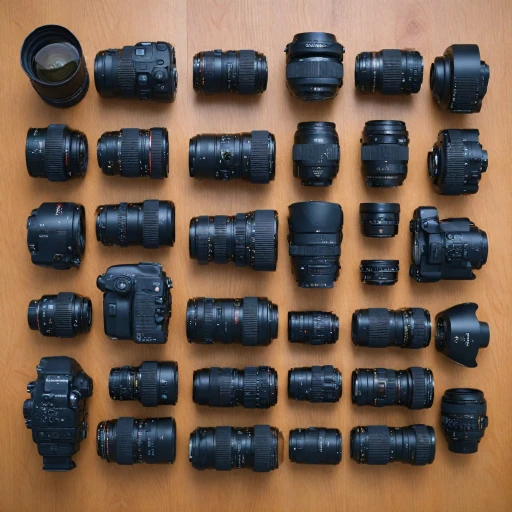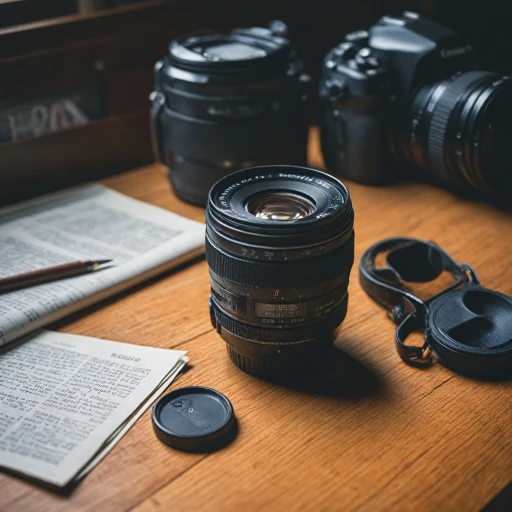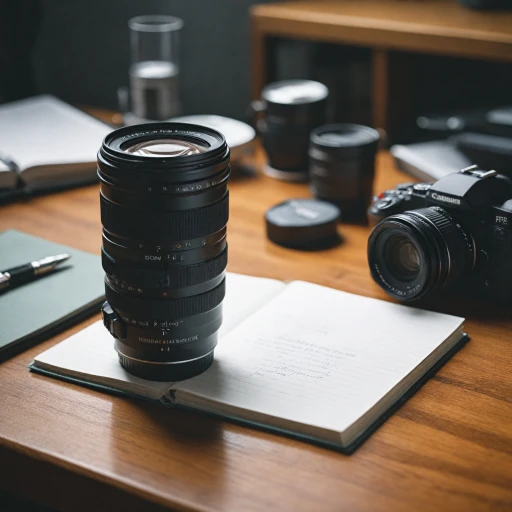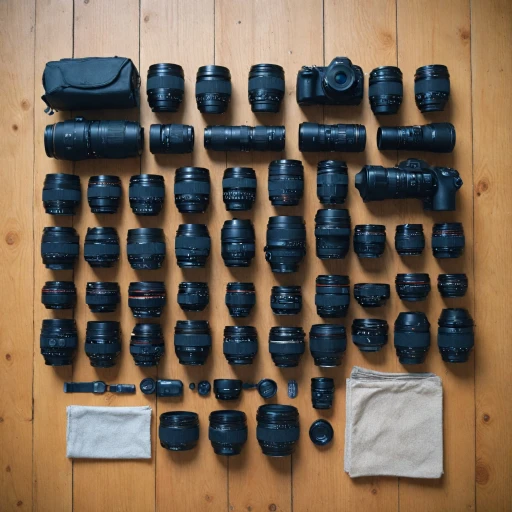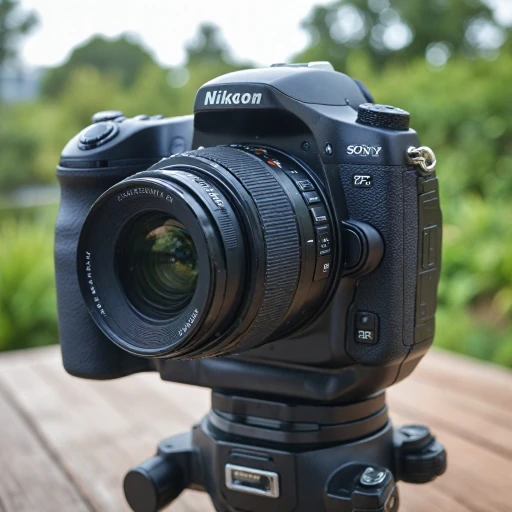The Art of Lens Design: How Leica Addresses Flare
Mastering Lens Flare: Leica's Innovative Design Approach
Designing lenses for achieving optimal image quality requires an intricate balance between multiple elements, and lens flare is a common challenge that lens manufacturers face. Leica, known for their precision and craftsmanship, especially with the Elmarit line, has meticulously tackled lens flare issues through advanced design principles to enhance image output. Their commitment shines especially in the 28mm f/2.8 Elmarit lens, which showcases their artful approach to handling such optical anomalies. When it comes to wide-angle lenses like the Leica R 28mm f/2.8, combating flare is particularly crucial because the wide field of view increases the likelihood of capturing direct light sources. Leica's optical engineering team incorporates sophisticated multi-coating techniques on the lens surface to minimize flare and maintain high contrast and sharpness. This ensures the images produced are rich in color and have a true-to-life tone. Moreover, the lens design of the Elmarit aims at optimizing the light path through its elements, which assists in reducing unwanted reflections. Leica's meticulous alignment of lens components also contributes significantly to curbing flare while maintaining excellent resolving power. In comparison to other lenses such as the Zeiss 21mm f/2.8 and 29mm f/2.8, which you can explore in this comprehensive analysis, the Elmarit’s design advancements highlight its prowess in minimizing flare. Overall, the intricate balance between maintaining image clarity and mitigating flare is a testament to Leica's reputation in lens manufacturing. The dedication to these nuances in lens design is what sets Leica apart in delivering lenses that not only meet but exceed users' expectations in various photographic conditions.Comparing the Leica R 28mm f/2.8 to Other Lenses
Evaluating the Leica R 28mm f/2.8 Elmarit Against Its Competitors
When it comes to lenses, Leica has long established a reputation for high-quality optics that photographers often consider investment-worthy. The Leica R 28mm f/2.8 Elmarit stands out in the realm of wide-angle lenses because of its meticulous craftsmanship and design nuances that aim to optimize image quality even in challenging light conditions.
Compared to other lenses, including those offered by major brands like Canon, the Leica lenses often focus on delivering superior optical performance. The focal length of 28mm combined with the f/2.8 aperture allows this Elmarit lens to provide sharpness and contrast that many photographers seek, whether they're working with film SLRs or modern digital setups.
Notably, the optical system of this Elmarit lens is crafted to reduce aberrations and maintain image quality across the frame. The lens design involves considerations that distinguish it from others, showing why Leica lenses, even when compared with the acclaimed Canon lenses, hold a unique appeal. The lens hood, often a simple accessory, plays an important role in mitigating lens flare. This thoughtful approach to design enhances the lens's suitability for various shooting needs.
Additionally, the resolving power of the Leica R 28mm f/2.8 Elmarit pushes it to the forefront, making it a favorite among enthusiasts of high-fidelity film and digital photography. The lens pairs well with both full frame and medium format cameras, extending its versatility. This compatibility has been a constant factor when comparing it with offerings from other major brands.
Even though Canon and other manufacturers offer competitive products in the same focal length category, aspiring photographers might find that the Leica Elmarit provides a unique feel and focus precision that aligns closely with artistic objectives. The superior image quality and the meticulous craftsmanship of Leica lenses often justify the investment for many photographers who require the utmost in quality and consistency in their work.
For those interested in further comparisons of lens offerings and their impact on image results, exploring the benefits of various lenses might offer a broader perspective on choosing the right equipment for specific photography goals.
Practical Tips for Reducing Lens Flare in Photography
Mastering Techniques to Minimize Lens Flare
When working with lenses like the Leica R 28mm f/2.8 Elmarit, managing lens flare becomes an art in itself. Here are practical tips that can help you reduce lens flare and elevate your photography to the next level, especially in challenging lighting conditions:- Use a Lens Hood: A lens hood is designed to block stray light from entering the lens, which is essential for maintaining image quality when using a wide angle view. The Elmarit has its design lineage rooted in aiding photographers to limit such effects. Consider investing in a proper lens hood to harness the full potential of your Leica lens.
- Shooting Technique: Adjusting your shooting angle can significantly impact flare. Positioning your camera and focal length to avoid direct sunlight or bright light sources entering the frame is crucial. This subtle change can prevent flares from appearing on your images.
- Strategic Aperture Selection: Stopping lens down can sometimes help reduce flare. Experiment with different aperture values of the Leica Elmarit or Leica Summicron to see which offers the best control over excessive light intrusion while preserving the optimum image quality and contrast.
- Cleansing the Lens Surface: A clean lens surface ensures clarity; dirt or smudges can exacerbate flare issues. Regular cleaning with appropriate optical supplies supports achieving superior resolving power and maintaining the lens's contrast and quality.
- Digital Adjustments and Film Choice: If shooting with film SLR or medium format cameras, choose a type of film that handles highlights well. For digital shooters, post-processing techniques can also mitigate flare after the image has been captured.
The Impact of Lens Coatings on Image Quality
The Influence of Coatings on Optical Performance
When considering the Leica R 28mm f/2.8 Elmarit, an important aspect that significantly contributes to its image quality is the lens coating technology. Coatings on lenses, often overlooked, play a crucial role in minimizing reflections, enhancing contrast, and supporting the overall optical system performance.Understanding that lens flare can be a challenge, especially in environments with bright light sources, Leica's meticulous design aims to address such issues efficiently. A highlighted feature of the Elmarit series is the application of advanced coatings that reduce unwanted light reflections, which can degrade the sharpness and contrast of the image. These coatings act as a barrier, ensuring that the amount of light striking the optical elements is processed for clarity rather than distortion.
For photographers using different focal lengths, from wide angle to medium format, these advancements in coating technology maintain the integrity of the image's color and contrast, regardless of the aperture or focal length adjustments. This is particularly evident in the Elmar asph lenses and others within the Leica portfolio.
Historically, the Elmarit leitz lenses have been renowned for their optical precision, partly attributed to the robustness of the coatings used. The modern iterations continue this tradition, pushing the boundaries of photography in both film and digital formats. For instance, even when paired with film SLRs or full frame systems, these coatings optimize image quality by minimizing aberrations.
This dedication to quality is part of Leica's commitment to producing lenses that not only perform well under varied conditions but also possess a long-lasting durability, maintaining the excellence anticipated by photographers around the world. The legacy of Leitz Wetzlar is upheld through these cutting-edge technologies, ensuring that each Leica lens, including the Elmarit, remains a top choice for professionals and enthusiasts who value peak resolving power and superior design.
